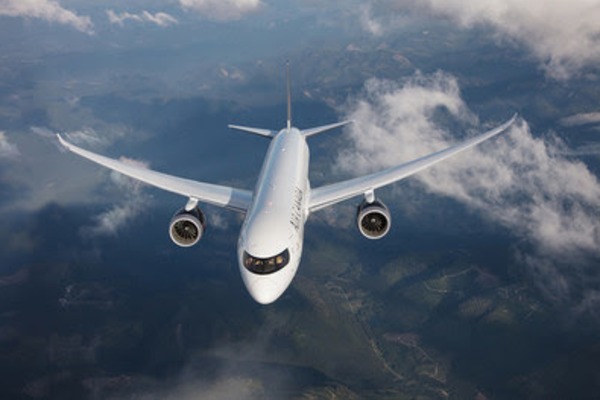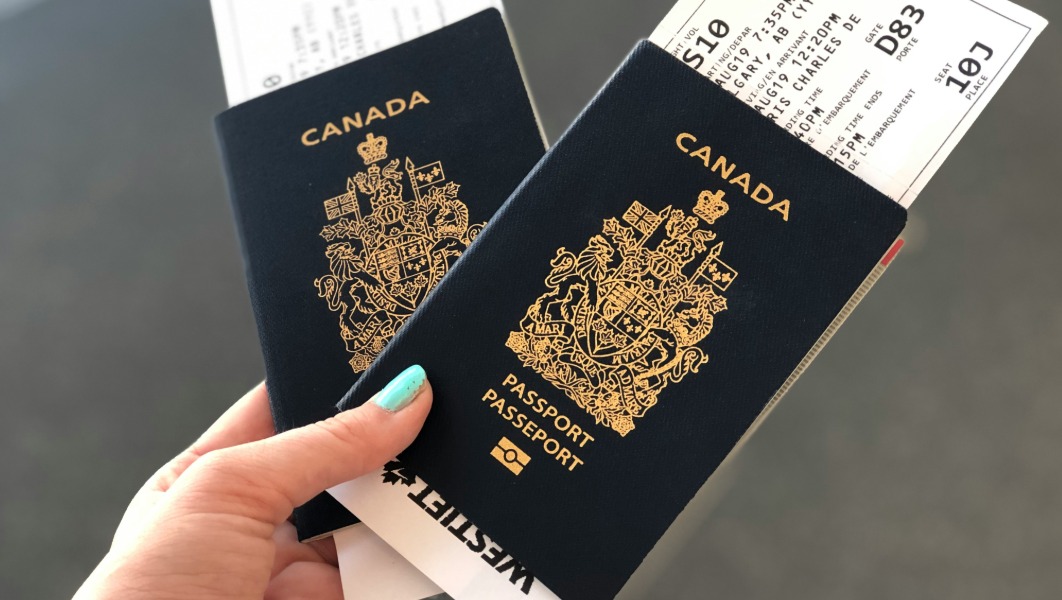Air Canada By The Numbers

In announcing Air Canada’s third quarter 2022 financial results, its President and Chief Executive Officer, Michael Rousseau said: “Air Canada’s solid third quarter results stem from the ongoing restoration of our extensive network, an improved operational performance, our modern and efficient fleet, as well as leading products and services, and an incredible team of employees.”
Rousseau continued: “We generated $644 million in operating income with a strong operating margin of 12.1%. This was the first quarter since the pandemic began in which we delivered positive operating income. In addition, we achieved significant improvements in other metrics from a year ago. Operating revenues more than doubled to $5.3 billion, on a capacity growth of 130%, and EBITDA increased to over a billion, with a margin of 19.9%. Yields also improved, helping offset higher fuel prices. Air Canada Cargo is consistently contributing to our results and Aeroplan is continuing to perform extremely well with travel’s return. Our transformed loyalty program’s gross billings from points sold, purchase volume on co-brand cards, and new members are all at record highs.”
Air Canada’s boss observed that: “Despite the global disruption of air travel, through teamwork and focused efforts, we safely transported nearly 11.5 million customers to their destinations this quarter. We are further encouraged by continuing strong demand, now further stimulated by the easing of COVID-related restrictions. Advance ticket sales in the quarter were at 95 per cent of third quarter 2019 levels. In the third quarter, our adjusted unit cost or adjusted CASM improved by 38% to 11.6 cents compared to the same period last year, and we will continue to carefully control costs. We ended the quarter with just over $10.2 billion in total liquidity.”
Said Rousseau: “Thanks to the hard work and commitment of our employees, after a difficult June and July, we saw significant operational improvement throughout August and September, with the operation today now on par with pre-pandemic levels. Still, we know many customers experienced disruptions travelling this summer, and we sincerely regret any inconveniences that have occurred. We would like to thank our customers for their understanding and loyalty and assure them that the lessons of this operationally challenging period are now being applied to build greater resiliency going forward, and to elevate the customer experience overall. Air Canada marked its 85th anniversary this quarter.”

And he concluded: “We stand on a robust foundation and, with our most recent financial results, investments and strategic plan, are confident we have a bright future in connecting Canada and the world.”
Third Quarter 2022 Financial Results
- Operating capacity, measured by Available Seat Miles (ASMs) more than doubled from the third quarter of 2021. Capacity in the third quarter was 79 per cent of the third quarter of 2019, in line with projections in Air Canada’s second quarter 2022 earnings release, dated August 2, 2022.
- Passenger revenues of $4.818 billion increased about three times from the third quarter of 2021, representing about 94 per cent of passenger revenues in the third quarter of 2019.
- Operating revenues of $5.322 billion increased about two-and-a-half times from the third quarter of 2021.
- Operating expenses of $4.678 billion increased $2.211 billion from the third quarter of 2021.
- Cost per available seat mile (CASM) decreased to 18.3 cents from the third quarter 2021 CASM of 22.2 cents, a sequential decrease from CASM of 20.8 cents in the second quarter of 2022.
- Adjusted cost per available seat mile (Adjusted CASM)* of 11.6 cents compared to third quarter 2021 adjusted CASM of 18.7 cents, a sequential decrease from Adjusted CASM of 13.1 cents in the second quarter of 2022. Compared to the third quarter of 2019, Adjusted CASM increased 14.8%.
- Operating income of $644 million compared to an operating loss of $364 million in the third quarter of 2021, the first quarterly operating income since the pandemic began.
- EBITDA* (excluding special items) or earnings before interest, taxes, depreciation, and amortization of $1.057 billion, better than the negative EBITDA of $67 million in the third quarter of 2021.
- Net loss of $508 million (or $1.42 per diluted share), compared to a net loss of $640 million (or $1.79 per diluted share) in the third quarter of 2021. Third quarter 2022 net loss included a foreign exchange loss of $951 million.
- Net cash flows from operations of $290 million compared to net cash flows from operations of $305 million in the third quarter of 2021.
- EBITDA (excluding special items), EBITDA margin, adjusted pre-tax income (loss), free cash flow, net debt, and adjusted CASM (discussed in this news release) are non-GAAP financial measures, non-GAAP ratios, or supplemental financial measures. Such measures are not recognized measures for financial statement presentation under GAAP, do not have standardized meanings, may not be comparable to similar measures presented by other entities and should not be considered a substitute for or superior to GAAP results. Refer to the “Non-GAAP Financial Measures” section of this news release for descriptions of Air Canada non-GAAP financial measures, non-GAAP ratios, and supplemental financial measures, and for a reconciliation of Air Canada non-GAAP measures used in this news release to the most comparable GAAP financial measure.
Looking ahead to the fourth quarter of 2022, Air Canada plans to increase its ASM capacity by about 60% from the same quarter in 2021 (or approximately 85% of fourth quarter 2019 ASM capacity). The company is now providing the following guidance for the full year 2022:
- Air Canada expects to have increased its full year 2022 ASM capacity by about 148% from 2021 ASM levels (or about 73% of 2019 ASM levels). Air Canada will continue to adjust capacity and take other measures as required, including to account for passenger demand
- For 2022, Air Canada expects Adjusted CASM to be about 16% to 18% above 2019 levels. The variance to prior guidance is mainly due to an increase in wages, salaries and benefits, costs related to a higher number of passengers carried versus prior expectations (which translates into higher passenger service and distribution costs per ASM), as well as the impact of the weakening of the Canadian dollar.
- For 2022, Air Canada maintains its expectation of an annual EBITDA margin of about 8% to 11%.


